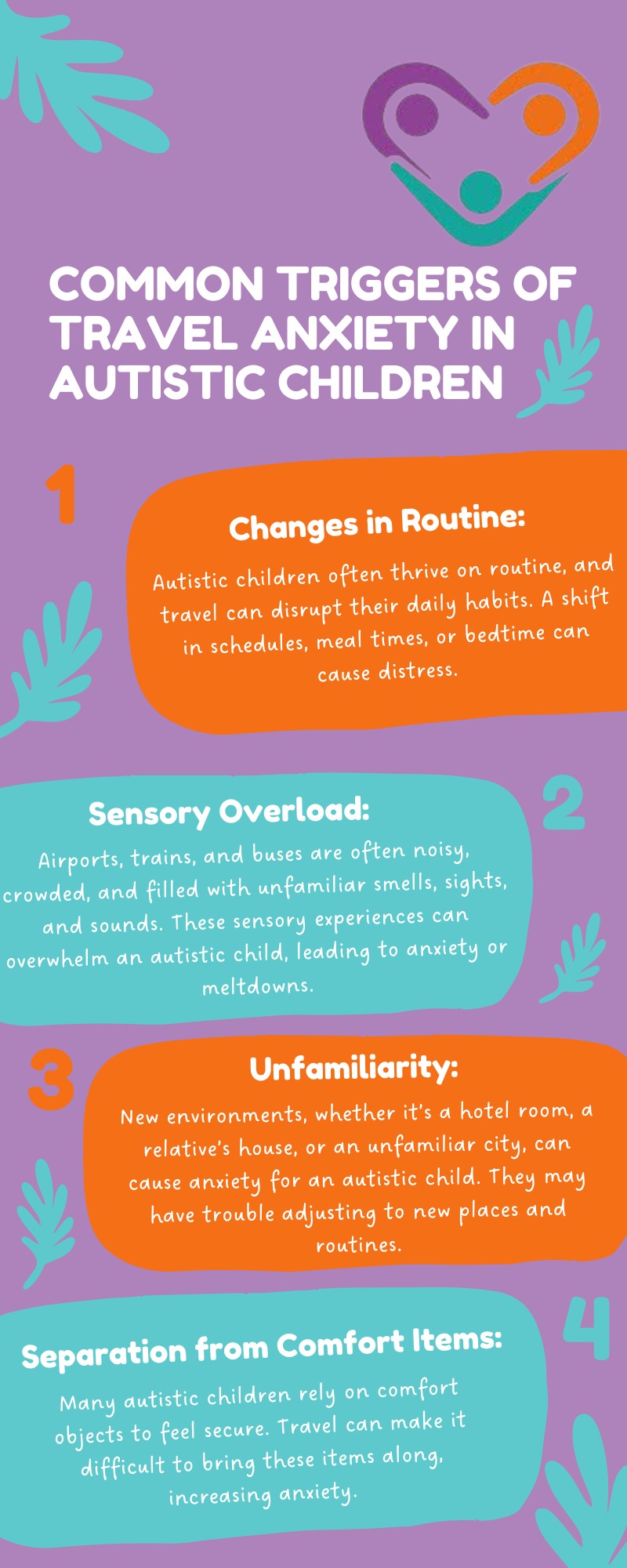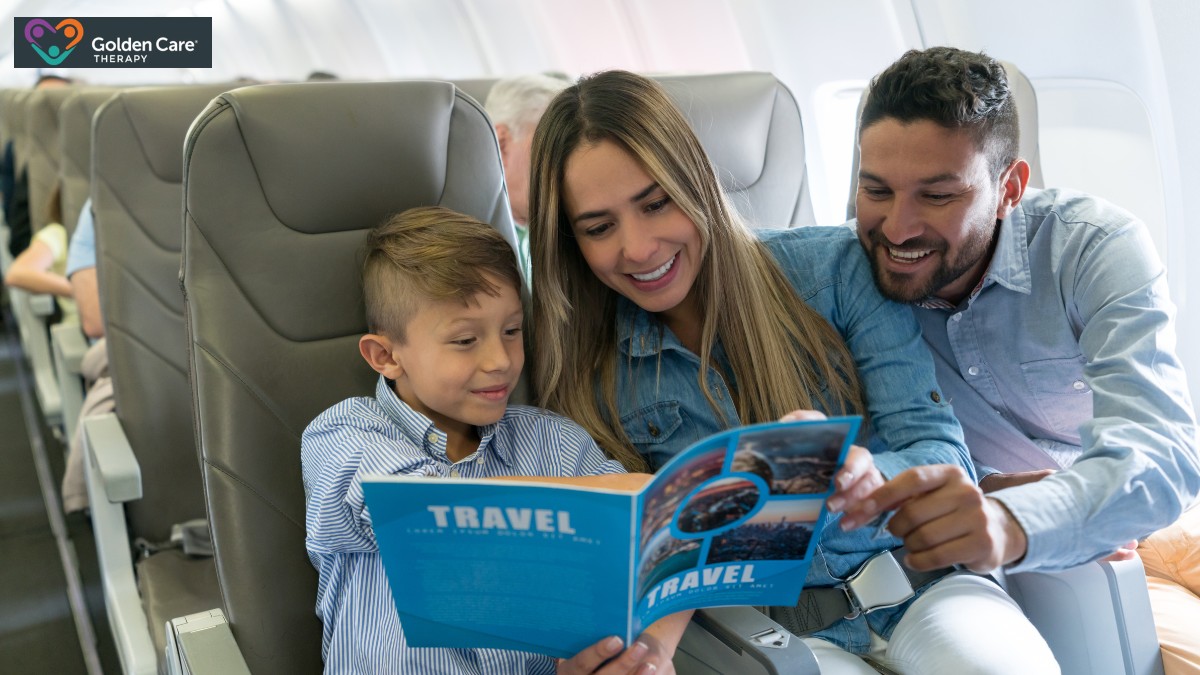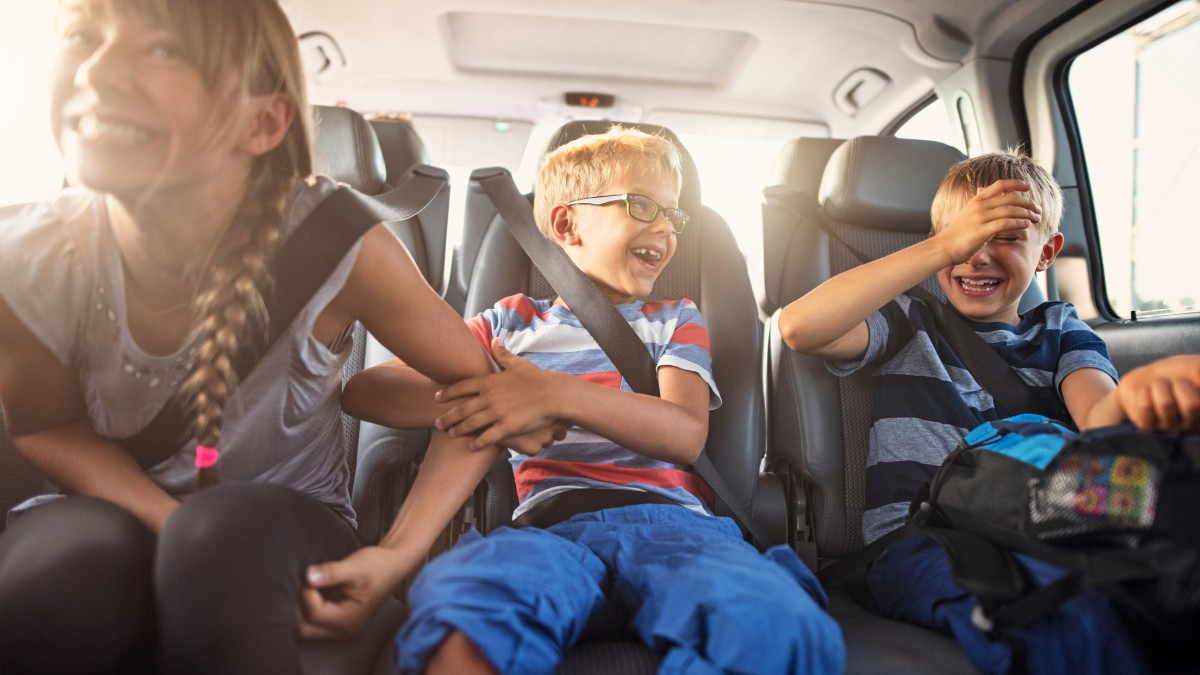Travel can be a stressful experience for many children, but for those with autism, it can feel particularly overwhelming. Autistic children often struggle with routine disruption, unfamiliar environments, sensory overload, and unexpected disruptions – elements commonly associated with travel.
The unpredictability of new places, sounds, and experiences can contribute to heightened anxiety, making what should be an exciting adventure into a source of distress.
Understanding the unique needs of autistic children and their sensory sensitivities is essential when planning any travel. With the right strategies, parents and caregivers can focus on teaching independence, helping children gain confidence while reducing anxiety and making the experience more enjoyable for everyone.
So without further ado, let’s look at 5 ways parents and caregivers can address travel anxiety in autistic children.
Let’s get started.
Identifying the Triggers of Travel Anxiety
Before addressing how to manage travel anxiety, it’s important to identify the triggers specific to your child. Travel anxiety can stem from a variety of sources, and every child’s experience is unique. Some common triggers include:

Identifying the sources of your child’s travel anxiety will help you better tailor strategies to address them.
Prepare for the Journey in Advance
Preparation is key when it comes to reducing travel anxiety in autistic children. The more a child knows about what to expect, the less likely they are to feel overwhelmed. Here are some effective strategies for preparing your child:
Create a Visual Schedule
Visual schedules can be incredibly helpful for autistic children. These schedules provide a concrete representation of what will happen during the trip. You can create a visual itinerary using pictures or symbols to represent different travel stages, such as packing, going through security, boarding the plane, and arriving at the destination. This way, your child will have a clearer understanding of what to expect and when.
Use Social Stories
Social stories are short, personalized narratives that explain social situations and experiences in simple terms. A social story about traveling can outline the entire trip, addressing potential concerns such as waiting in lines, going through security, and the behavior expected at the airport or on the plane.
These social stories can help reduce the fear of the unknown by providing a predictable framework for what will happen.
Introduce Travel Elements Gradually
If possible, gradually introduce your child to the different elements of travel. For example, if they’ve never been on a plane, you might start by visiting an airport before your trip.
Show them the different features, such as the check-in counter, baggage claim, and security line. This exposure can help demystify the process and reduce anxiety on the actual travel day.
Manage Sensory Overload During Travel
Sensory overload is a significant contributor to travel anxiety in autistic children. The sights, sounds, and smells in airports, train stations, and public transportation can be overwhelming. However, several strategies can help manage sensory sensitivities.
For many autistic children, loud noises such as the hum of an airplane engine, the bustle of a crowded airport, or the announcements over loudspeakers can trigger anxiety or sensory overload. Noise-canceling headphones can provide a sense of relief by blocking out some of the background noise.
Letting your child use headphones during travel can help them feel more in control of their environment and minimize discomfort.
A sensory kit is another effective strategy. It’s basically a portable collection of items that can help calm and soothe your child during travel. Items such as fidget toys, a soft blanket, a favorite book, or even a calming scent like lavender can help redirect your child’s focus and reduce anxiety.
Make sure to pack these items ahead of time so that they’re readily available when needed.
Use Behavioral Techniques to Manage Anxiety
Behavioral strategies can be highly effective in reducing travel anxiety in autistic children. These approaches are designed to address the root causes of anxiety and reinforce positive behaviors.
The following techniques can be helpful:
Positive Reinforcement
One of the most effective ways to address anxiety is through positive reinforcement. Reward your child for successfully navigating a stressful travel situation, such as going through security without becoming overwhelmed or staying calm during a long flight.
Rewards could be verbal praise, a small treat, or time spent doing a favorite activity once you reach your destination. This helps to create positive associations with travel.
Teach Coping Skills
Coping skills are essential tools for helping children manage anxiety. Before the trip, teach your child techniques such as deep breathing, counting, or self-soothing strategies that can help them calm down when they feel anxious. Role-playing these techniques in a safe environment can help your child practice using them during actual travel.
Gradual Exposure
Gradual exposure is a behavioral technique that involves gradually introducing your child to anxiety-inducing situations in a controlled and manageable way.
For example, if your child is anxious about being in crowded spaces, you can start by visiting busy places such as malls or playgrounds before heading to the airport. This helps your child build confidence and resilience over time.

The Importance of Flexibility and Patience
It’s crucial to approach travel with an understanding that your child may not always respond to strategies as expected. Travel itself can be unpredictable, and even the best-laid plans might need adjustments along the way.
As a parent or caregiver, you must be patient and flexible, allowing your child to express their feelings and concerns without judgment.
Autistic children may need more breaks than other children during travel. Plan for regular stops to give your child time to decompress and calm down. These breaks provide a much-needed opportunity to relax in a quiet space, eat, or engage in a favorite activity. By being proactive about breaks, you can help minimize anxiety.
Also, children often take cues from their caregivers. If you remain calm and reassuring, your child is more likely to feel secure in unfamiliar situations. Use a soothing voice, make eye contact, and offer encouragement.
Reassure your child that everything will be okay, and remind them of the coping strategies they can use.
Make the Most of Your Travel Experience
While travel anxiety can be a challenge, it doesn’t have to overshadow the entire experience. By being well-prepared and using the right strategies, you can help your autistic child navigate travel with greater ease.
Remember to celebrate successes along the way, no matter how small, and focus on the positive aspects of the journey.
You can incorporate fun activities into your trip to keep your child engaged and distracted from any anxiety-provoking moments. Also, plan for breaks that involve their favorite activities, such as visiting a park, watching a favorite movie, or exploring a new environment in a calm and controlled manner. These positive experiences can help offset the challenges of travel.
Even with the best planning, challenges may arise during the trip. Be prepared to manage meltdowns or moments of intense anxiety by having a plan in place. Having a quiet space or a calming activity to turn to can help your child regain composure and continue the journey.
Traveling with an autistic child presents its own set of challenges, but it’s important to remember that with the right preparation, understanding, and strategies, it’s possible to minimize travel anxiety. At Golden Care Therapy, we provide high-quality ABA therapy in Georgia, New Jersey, Indiana, New York, and Florida, designed to support children and families in overcoming everyday challenges, including those related to travel.
Our experienced team tailors therapy to meet each child’s unique needs, ensuring progress and growth in a compassionate environment. Contact us today to learn how we can assist your family or book a consultation to start your journey with us.



